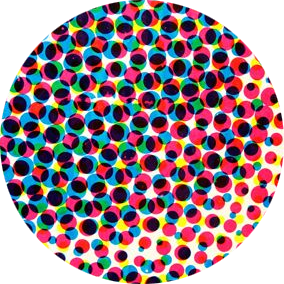“Ducks” in the Context of Life Writing





In other words, comics are ideal for reflecting on the ways the past affects the present and vice versa, and the unpredictability of those affects, which comics creators can signpost but are always, in part, dependent on the subjective interpretation of the reader. 5/13

In this symmetrically composed page from “Ducks,” Beaton combines specific, albeit subjective, images from her own history (redrawn family photos) with more symbolic settings & first-person narration to show the interconnection of personal, cultural, and political histories. 6/13

The simultaneity of past & present helps us see how the history of Cape Breton impacts Beaton’s decisions and self perception, both in terms of her past self & her present self’s perception of her past self. This honest admission of the limits of perception engenders trust. 7/13

Chute also argues comics autobio is especially adept at representing underrepresented perspectives, including the perspectives of women. For Chute, this is linked to the ways comics let women design images of themselves that reflect their subjectivity & resist the male gaze. 8/13

Beaton’s depiction of herself is sophisticatedly simplistic, specific enough to be instantly recognizable yet universal in ways that encourage empathy. And its never objectified, which is crucial to the comic’s treatment of sexual violence (more on that in a future thread). 9/13

According to Chute, comics memoirs by women can “productively point to the female subject as both an object of looking and a creator of looking and sight. Further… they provoke us to think about how women… are situated in particular times, spaces, and histories.” 10/13

“Ducks” is centrally concerned with the construction of gender. Narratively, Beaton confronts being a woman in an isolated, male-dominated space. Formally, she repeatedly stages the spectacle of femininity while focusing on the emotional effects of that spectacularization. 11/13

The frequent close-cropping of Beaton’s face & the simplicity of her design of herself, which makes each carefully chosen expression line hit harder, underscores subjectivity and solicits identification. We see and feel the tension between (relative) innocence & experience. 12/13

In some ways, Beaton’s “Ducks” is less visually challenging than Spiegelman’s “Maus” or Bechdel’s “Fun Home.” But it’s style exactly suits its goals, which is to represent Beaton’s self and perception of herself, then and now, and help us embrace the truth of her story. 13/13
